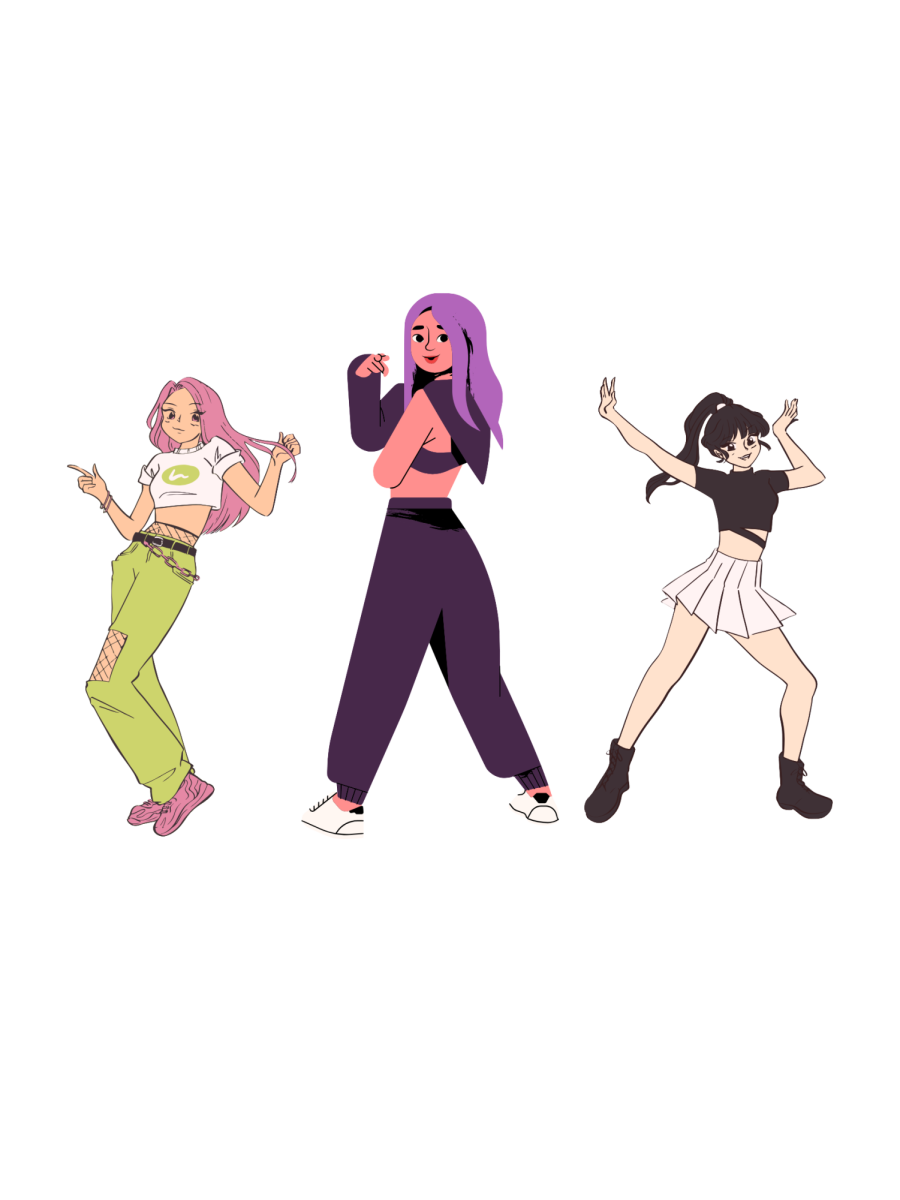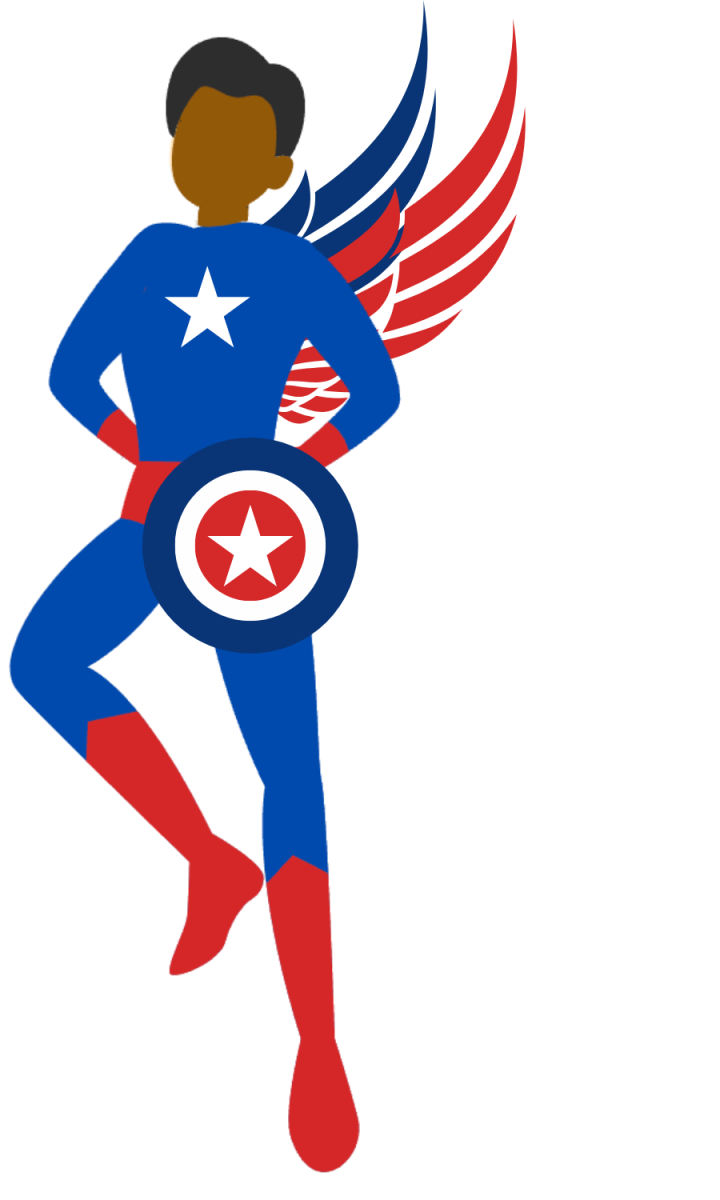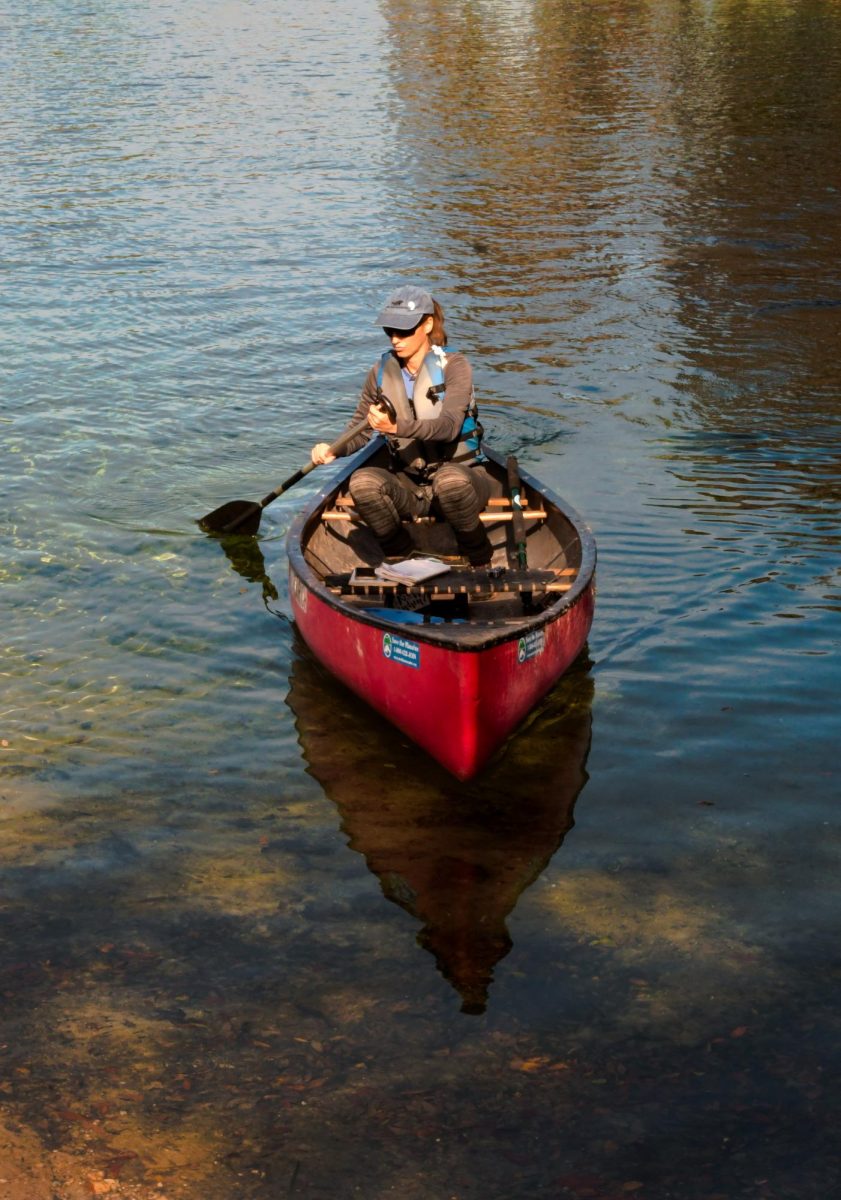Chubbies, rompers, Crocs, fur vests. There have been innumerable crazy fashion trends in our lifetime. Years from now, our children will be looking through our old yearbooks and Facebook albums shaking their heads in mortification, just as we do to pictures of our parents from the 1980s. The question that I want to know is, where do these styles come from? What are the origins of our favorite fashions?
Fedoras
Everybody’s favorite classic hat, the fedora, has been showing up in popular culture for over a century, from being the headwear of choice of the old-timey gangsters of the Prohibition to lately becoming the iconic representation of menswear for women. This classy hat’s true history, however, is surprising. The fedora was originally made for women. In 1882, the first production of Victorien Sardou’s newest play, Fédora, was performed. In it, the title character, Princess Fédora, wore a singular felt hat designed as a part of her costume. This quickly became a trend among women. It wasn’t until over a decade later that it became a style acceptable for men to wear.
Peter Pan Collar
This dress code-acceptable fashion trend has its roots in the theater like the fedora. It dates back to 1905, during the first stage production of J.M. Barrie’s beloved play Peter Pan, hence its name. Lead actress Maude Adams, playing the title character, introduced the collar as part of her costume. Before, the collar had only been seen in the outfits of young boys; after, it became the latest women’s trend. The Peter Pan collar served as a transition piece, replacing the starchy high collar which had previously dominated women’s fashion, and paving the way for fashions that remain popular today. More importantly, the Peter Pan collar has popped up in fashion in nearly every decade since, from being a standard detail of little girls’ dresses to, in the 1930s, showing up on wedding dresses.
Bowties
The epitome of class, bowties are the necktie of choice for many students and teachers. Looking back, the great bow tie vs. straight tie debate has been going on for over two hundred years. Both forms of neckwear originated from the Croatian cravat, a linen neck cloth that took an inordinate amount of effort to style. Even today, it is still a mystery which came first, the necktie or the bowtie.
High Heels
By far the oldest style on this list, high heels first showed up in ancient Egypt, worn by both men and women of the upper class. In ancient Rome, high heels were widely recognized as the identifying feature of prostitutes. Since then, they have been an integral part of popular culture in nearly every culture and every century. The reason for their lasting endurance is, surprisingly, their practicality. They were helpful in keeping feet in the stirrups when horseback riding. Because of this, high heels were predominantly worn by men.
Capes
From medieval knights to superheroes, capes have significant cultural, in addition to fashionable, significance. They are theorized to be one of the first pieces of clothing in existence, because of their simplicity to make. Additionally, at night they doubled as blankets. Members of all socio-economic classes wore capes; however, only the rich donned the capes of fur and velvet. Today, they are typically only worn to cover up fancy gowns, and to identify superheroes.














